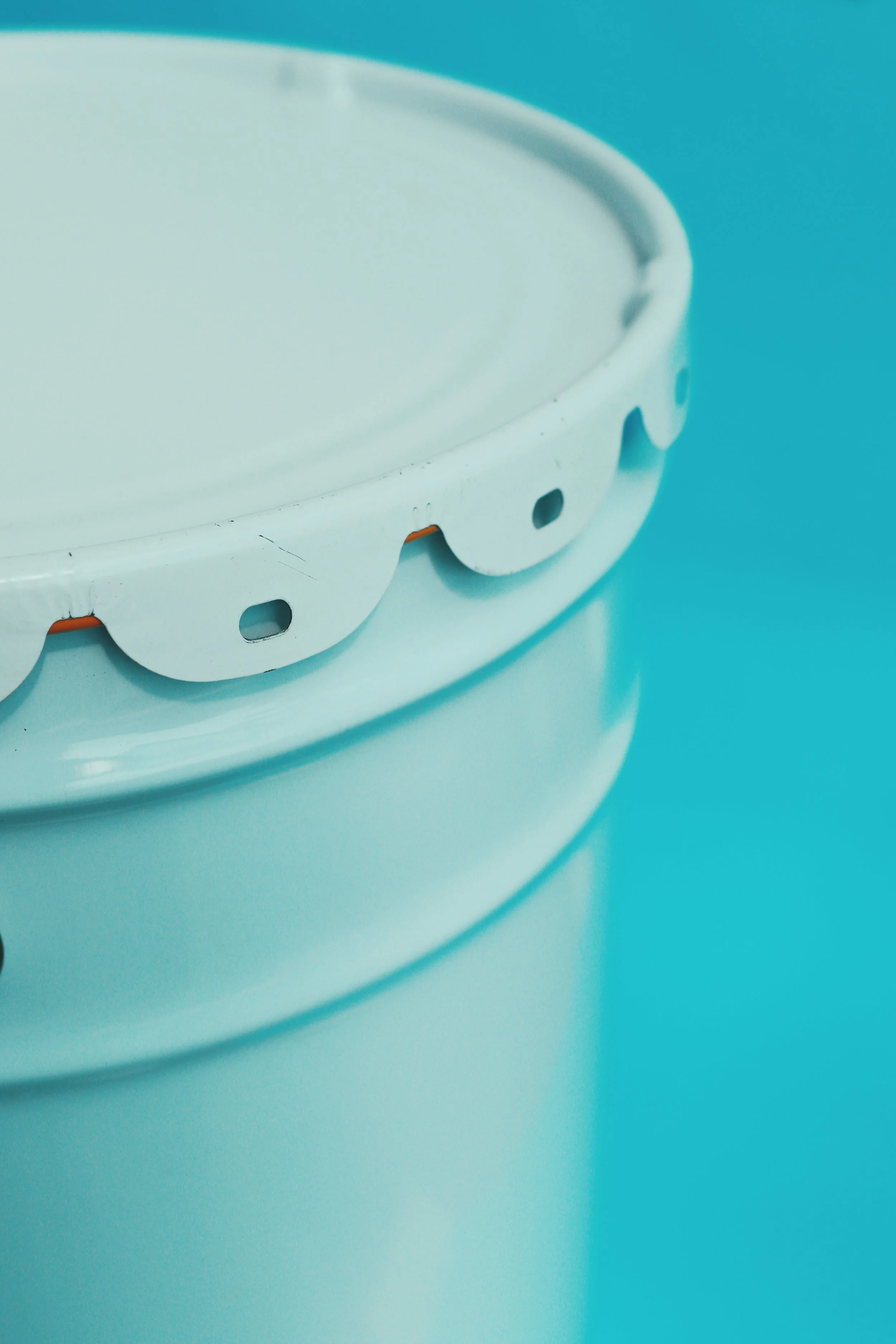The Story
of Sin Cheong Containers Manufacturing Co.
ORIGINS
Sin Cheong Tin Factory started its humbled beginning in the Mid-Thirties (1935) and is one of the oldest can manufacturers in Singapore. The Company survived the Japanese Occupation from 1942 – 1945 (World War II) by salvaging used and re-cycled tin cans. With great care and perseverance, Sin Cheong reestablished it’s business in 1946 and pressed on to be one of the first companies in Singapore to import raw materials like tinplates. Incorporated and eventually officially known as Sin Cheong Containers Manufacturing Company Private Limited in 1963, one of Singapore’s leading full fledge manufacturers.
PIONEERS IN SINGAPORE’S FIRST INDUSTRIAL REVOLUTION
In 1964, Sin Cheong was one of the early adopter in Singapore to invest in the Lithographic Printing Machine, a technology that was unheard of at the time. The investment enabled the company to have better control over the printing process, taking the country’s manufacturing industry to a new level.
Leading with a pioneering spirit, the business prospered and grew together with the nation’s progress. Sin Cheong started expanding from strength to strength since it’s first factory to three factories. With each factory controlling one aspect of the manufacturing process; the printing department, the semi-components department, and the Assembly department (formation of cans).
Singapore’s separation from Malaysia in 1965 marked the beginning of the city-state as an independent republic. Tough times lied ahead as it also meant the end of the import-substitution strategy. Singapore’s domestic market was too small to be of interest to any MNCs at the time and had to compete with Malaysia which was also seeking foreign investment. Left with no choice, the government increasingly turned to the idea of export–oriented industrialization, as proposed in the 1961 Winsemius Report, to drive economic growth.
In 1973, with the invitation of JTC, Sin Cheong supported the Government vision of Industrialization, being was one of the first few companies to move into the Jurong Industrial Estate. Even before the area had any infrastructure or roads of any kind, the company leased the land in Jurong for 30 years.
Sin Cheong is proud to be a key supporter of the early period of export-oriented industrialization, and contributing to pivotal part of the nation’s economic growth during Singapore’s “First Industrial Revolution”.
Sunrise Industry
“There is no sunset industry; there is only sunset thinking.”
Facing The Sunset Industry
Progress towards the present day has not been easy sailing, as the manufacturing industry is inextricably linked to other cyclical trades. It faced its biggest challenges during the world recession of the mid-1980s, the Asian financial crisis of 1997, and the global financial crisis of 2008 – periods that remain etched in the industry’s collective memory as dark times.
During the prolonged slump(s), all sectors of the industry were affected, and the company’s resilience tested. Industry observers, including government officials, labelled the industry as ‘sunset’ – a stigma which dogged the industry for over two decades in spite of its continuing contributions to the economy.
Future forward
Through it all, Sin Cheong remained steadfast; navigating and adapting through the ever evolving and competitive global market.
In recent years, by mounting an all-out effort to counter waste, updating facilities, and advocating green manufacturing initiatives, the company became leaner and fitter, making it better placed to capitalise on the next upturn.
As Deputy Managing Director, Betty Tan puts it, “The resolution of our directors, their willingness to restructure, to make hard decisions, to implement tough changes, and to adapt to the changing market environment brings about continued success for the company.”
Faithful for THe Sunrise
Sin Cheong currently works closely with key government agencies, various associations and other industry members to formulate initiatives to strengthen the industry’s competitiveness, and forge a new industrial future as we keep faith with our core values.










